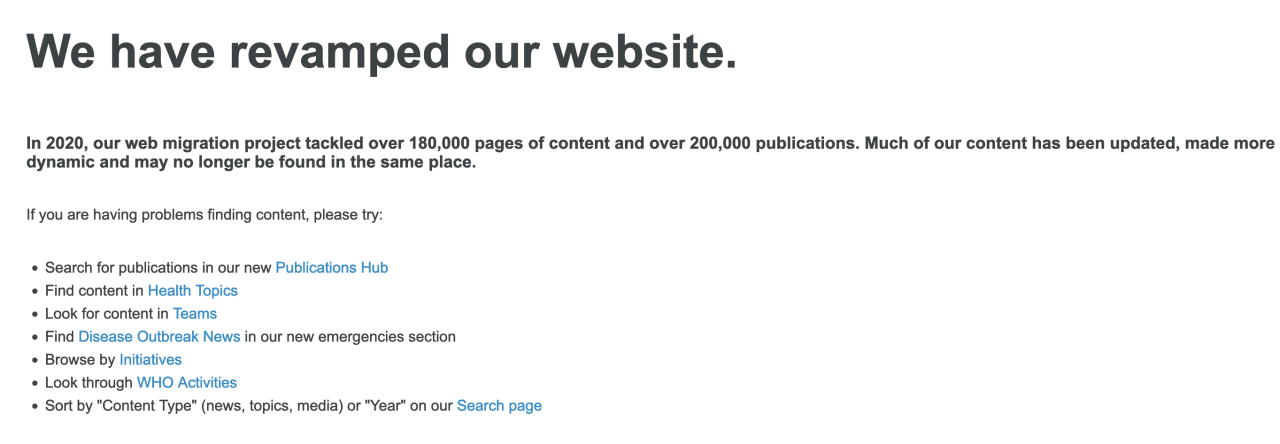Tomorrow’s post will be a look into some radical action that’s not getting a lot of news coverage, but for tonight, I’m going to have to leave you in the hands of the good folks at The Majority Report. The formula shortage is like all other food shortages right now – it’s the result of how we’ve decided to organize society. I talk a lot about future crop failures and the like, but the reality is that in the present, we still produce more food than is needed to feed all of humanity – even the babies! I want us to be thinking about future food shortages because now is the time to change things to prevent them. If we wait till climate change and unsustainable farming practices create a global famine, it will be too late.
That’s why I think global solidarity, and an end to capitalism and imperialism, is more necessary than ever. Greed, and wars driven by greed, are the primary causes of starvation in the world at the moment. If our current system can’t keep everybody fed now, when we can produce enough to feed billions more people than are currently alive, how well will it do when there’s simply not enough food? Probably about as well as it’s currently doing at reshaping agriculture to account for climate change
This video is a good overview of the conditions that led to the formula shortage, as well as the societal conditions that led to those conditions.



